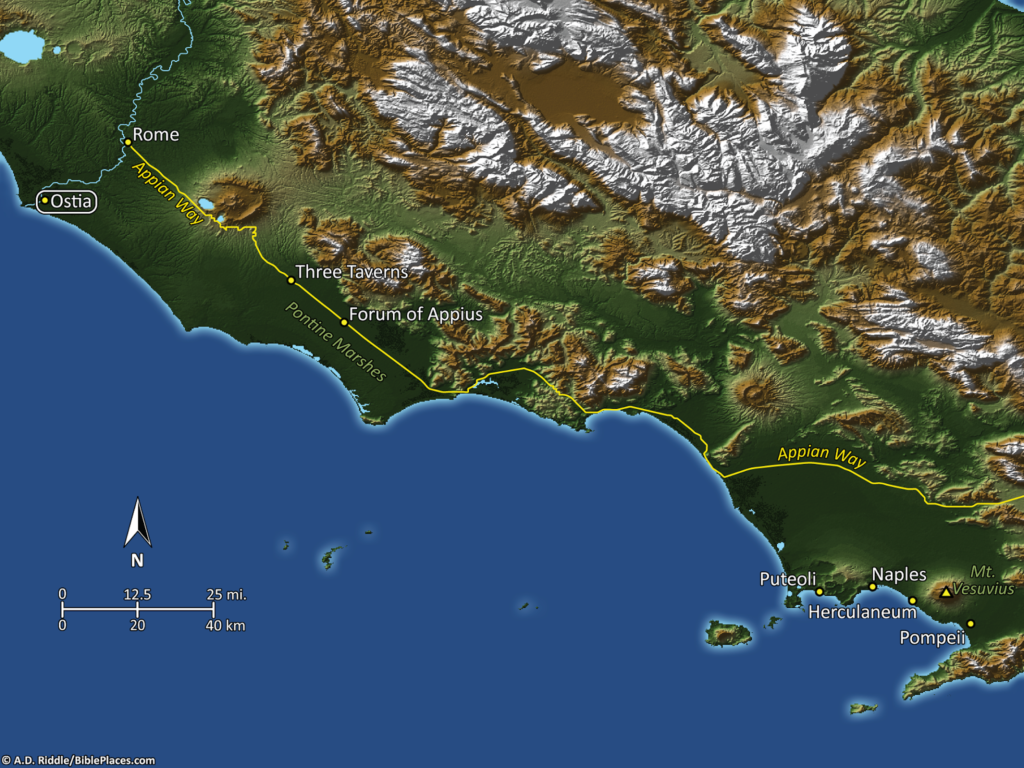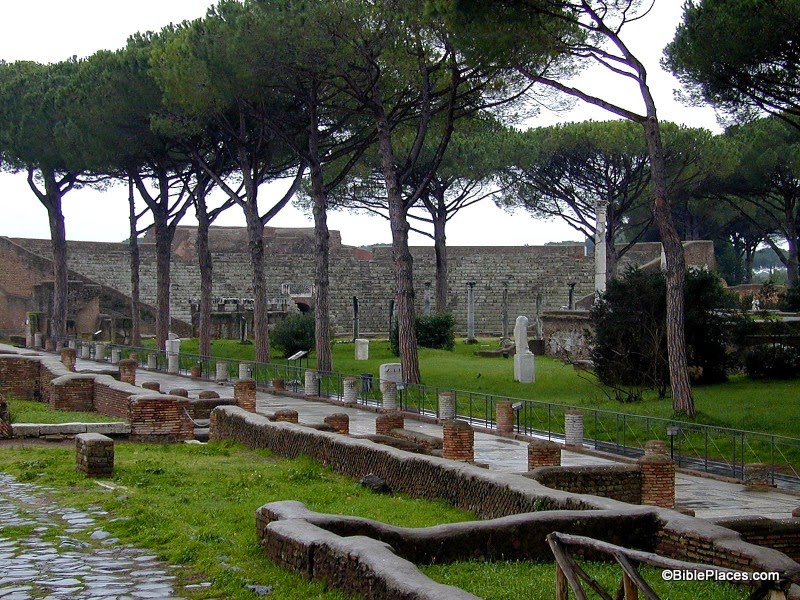(Post by A.D. Riddle)
Beginning at 9am on Friday, March 7, and running through 1:30pm on Saturday, the Oriental Institute of the University of Chicago will be hosting its annual symposium. This year’s topic is “The Early/Middle Bronze Age Transition in the Ancient Near East: Chronology, C14, and Climate Change.” The symposium is free and open to the public; no registration is required.
During the late third millennium BC one of the biggest transformations of the ancient Near East took place, affecting almost all regions from Egypt to Anatolia and from the Mediterranean Sea to the Iranian plateau. This period not only saw the collapse of urbanization in the southern Levant at the end of the Early Bronze Age III and the following pastoral Intermediate Bronze, and the rise and decline of the Akkad empire in the Upper Euphrates region, but also the end of the Egyptian Old Kingdom in the Nile valley. In recent years it has been argued that climatic reasons, especially rapid climate change in the late third millennium BC (the so-called 4.2 ka BP event) might have triggered this supra-regional collapse in western Asia and Egypt, linking it to a period of aridification and cooling.This seminar brings together specialists working in different fields of the ancient Near East, including Egypt, Israel, Lebanon, and Syria, as well as scholars working on radiocarbon dating and climate data. Three major topics will be discussed: The radiocarbon evidence for the mid- to late third-millennium BC Near East, the chronological implications of new dates and how historical/archaeological chronologies should/could be adapted, and — based on this evidence — if and how climate change can be related to transitions in the late Early Bronze Age. Furthermore, written sources concerning late Early Bronze Age Near Eastern interrelations and/or transformation and collapse from Egypt to Syria/Mesopotamia will be taken into account.
Here is the list of presenters and topics. Several of them look very interesting. See the website for additional information. The schedule for sessions is located here.
Elisabetta Boaretto and Johanna Regev
“High Resolution Early Bronze Age C14 Chronology from the Southern Levant: Micro-archaeological Approach for Context Characterization and Archaeological Interpretation”
Aaron Burke
“Amorites and Climate Change: The Negotiation of Amorite Identity during the Transition from the Early to the Middle Bronze Ages”
Michael W. Dee
“Comparing Climatic Signals from the Blue Nile Catchment with the Decline of Old Kingdom Egypt Using High-precision Radiocarbon Dating”
Aron Dornauer
“Bioclimatic and Agro-ecologic Properties of Crop Taxa: A Survey of the Cuneiform Evidence Concerning Climatic Change and the Early/Middle Bronze Age Transition”
Hermann Genz
“The Transition from the Early to the Middle Bronze Age on the Lebanese Coast”
Raphael Greenberg
“No Collapse: Reimagining the Demise of EBA Urbanism in the Southern Levant”
Roman Gundacker
“On the Significance of some Old Kingdom Toponyms and Ethnonyms”
Felix Höflmayer
“A New Chronology for the Late Early Bronze Age Levant and Its Implications for the Collapse of the First Urbanization”
Sturt Manning
“The Chronology and Complications of Climate-related Change ca. 2200 BC in the East Mediterranean/Southwest Asia”
Nadine Moeller
“The Early / Middle Bronze Age Transition in View of Evidence from Egypt during the Old Kingdom and First Intermediate Period: A New Evaluation”
Peter Pfälzner
“The EBA to MBA Transition in the Syrian Jezireh: A Multi-tracked Passage?”
David Schloen
“Economic and Political Implications of Raising the Date for the Collapse of Urbanism in the Early Bronze Age Southern Levant”
Thomas Schneider
“Walking on Shaky Ground: The History of the First Intermediate Period from an Epistemological Perspective”
Glenn Schwartz
“Western Syria and the Early/Middle Bronze Age Transition”
Harvey Weiss, Alexia Smith, Wilma Wetterstrom, R. Meadow, A. K. Patel, D. Reese
“‘Seventeen Kings Who Lived in Tents’: Shubat Enlil before Shamshi-Adad”
Bernhard Weninger
“Archaeological and Palaeoclimatological Data to Evaluate the Potential Impact of the 4.2 ka calBP event in the Aegean and Southeast Europe”






